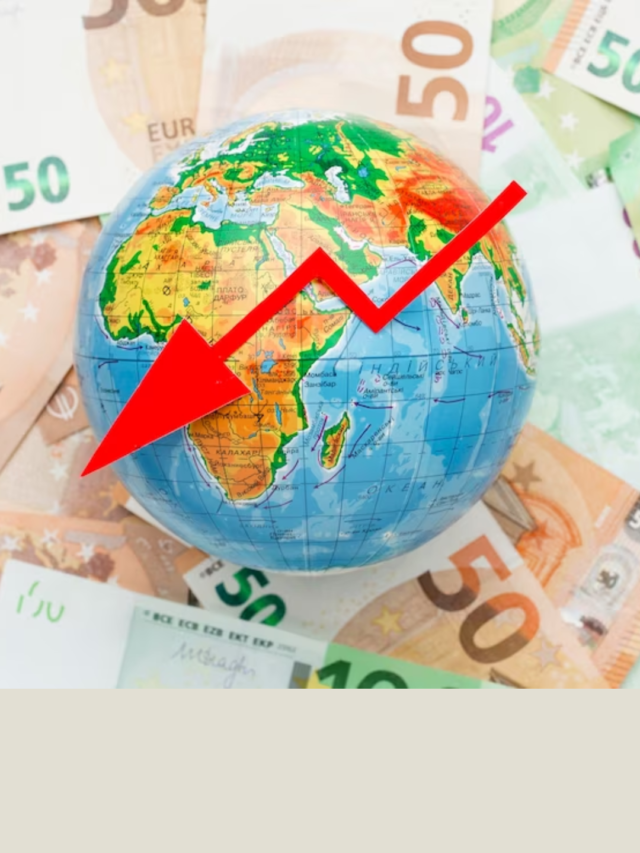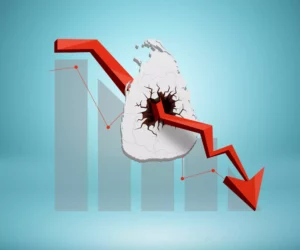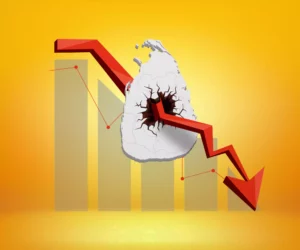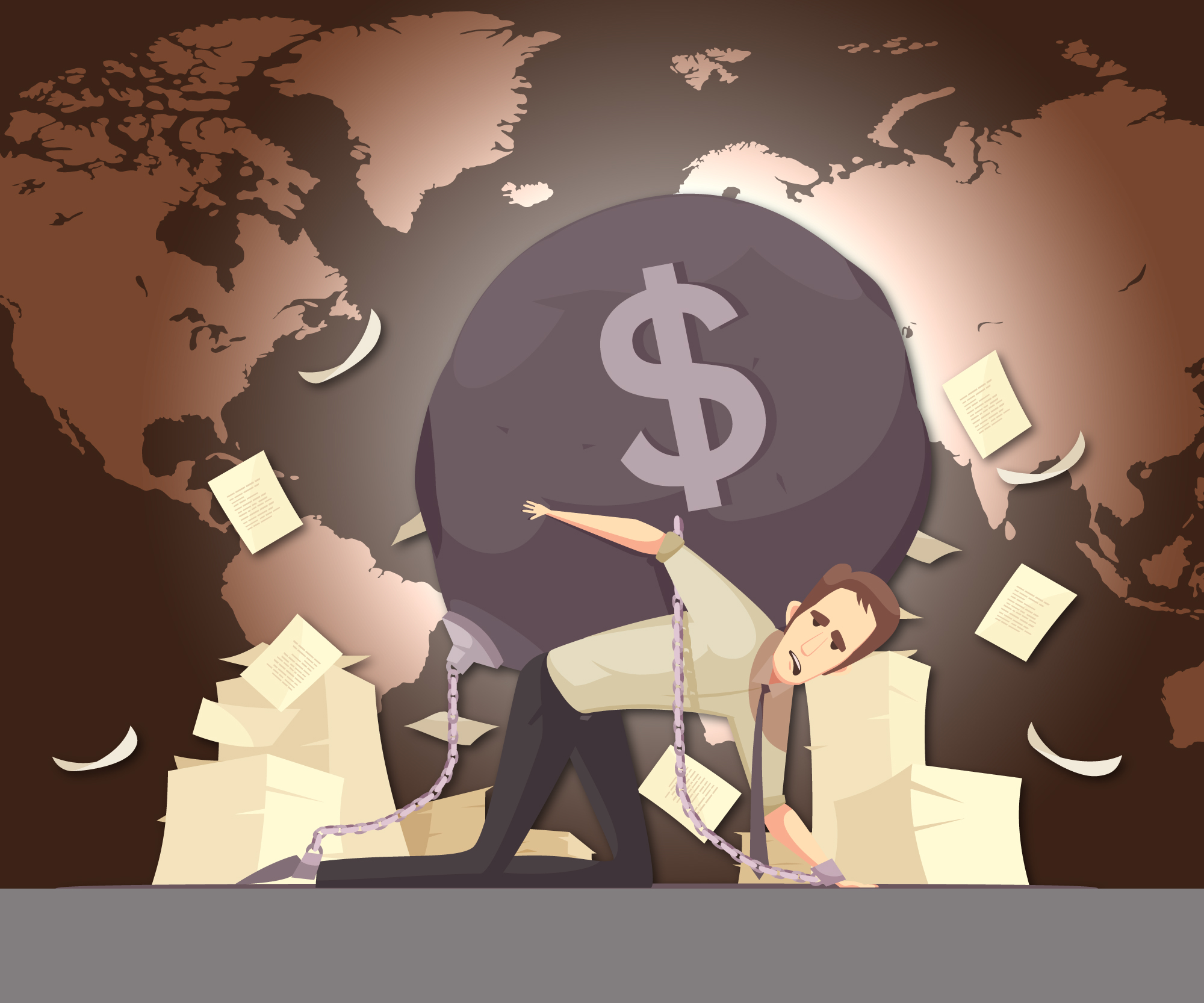
Well, one whole article later, the $266 trillion global debt is still there. The potential global debt crisis we are staring at is far more extensive than anything we have ever seen. The total global debt is now 3.5 times the total global GDP. Countries are borrowing far more money than they are making.
National debt is not made solely of government debt, although that is the most significant part of it. Household and corporate debt are also parts of the larger debt of a nation. At the moment, each of these three aspects is at record highs.
As discussed in the previous article, accruing debt is quite a standard method of running a country and providing for its people. However, this is debt on steroids. Whether we can handle this beast we have created remains to be seen.
What led to this global debt crisis?
How did we find ourselves here, then? While there have been instances of reckless borrowing, spending, and poor economic policies, those are not solely to blame.
(1) COVID-19
Global debt was growing even before the pandemic hit, but it rose by $20 trillion over a year in 2020. Countries worldwide had to take large loans to fund their COVID response. At a time when fear and panic were rife, governments could not afford to ‘play it cool’ and let the situation develop. The authorities required a great deal of money to set up hospitals, procure PPE, pay salaries to frontline workers and essential staff, and so much more. They borrowed this money from other countries, banks, and private investors.
Remember that debt is not necessarily bad—it depends on the purpose for which people use it. Fighting the pandemic was necessary, and the debt had to be accrued. However, that does not change the fact that it further worsened the economic situation for many countries.
In addition to the COVID-related borrowing, countries also saw their economies struggle as people were forced to stay at home and were either unable or unwilling to spend as much money during lockdowns. So, again, this was a necessary move that made things worse.
(2) Russia-Ukraine war
Many countries worldwide rely on their trade with Russia and Ukraine for different things. Like in Sri Lanka, the price of numerous essential commodities skyrocketed due to Russia’s war with Ukraine. Essentials such as oil and wheat were harder and more expensive to procure. Countries also took moral positions about the war, which further affected trade and international relations.
Thus the countries, already reeling from the economic effects of the pandemic, were forced to plunge further into debt to ensure that their people had the basics for survival.
(3) US inflation
Inflation is on the rise everywhere. Simply put, inflation is when commodities’ prices are far higher than they should be. As a result, your money can buy you much less than it once did. Most countries struggle to control it while also trying to service their debt. High inflation in the US forced the Federal Reserve into action.
One of the ways the Federal Reserve is trying to get a hold of this situation is by increasing the interest rates. An increase in the interest rates would result in fewer people borrowing money. That, in turn, would lead to a decrease in spending. When there is a decrease in spending, there is a decrease in demand. Therefore, the prices of the commodities will not rise as much and, in time, will even fall to a more acceptable level. This trick of increasing or decreasing the interest rates is how the Federal Reserve maintains some control over the US economy.
However, being one of the most powerful and influential nations, what happens with the US economy affects countries far and wide. Many countries, not trusting their volatile currency, borrow money in USD. So, when the Federal Reserve increases the interest rates there, an already significant debt for an economically weaker country becomes impossible to pay back. As a result, those countries can no longer afford to borrow money at such high-interest rates to clear the debts, which could lead to countries defaulting on their loans.
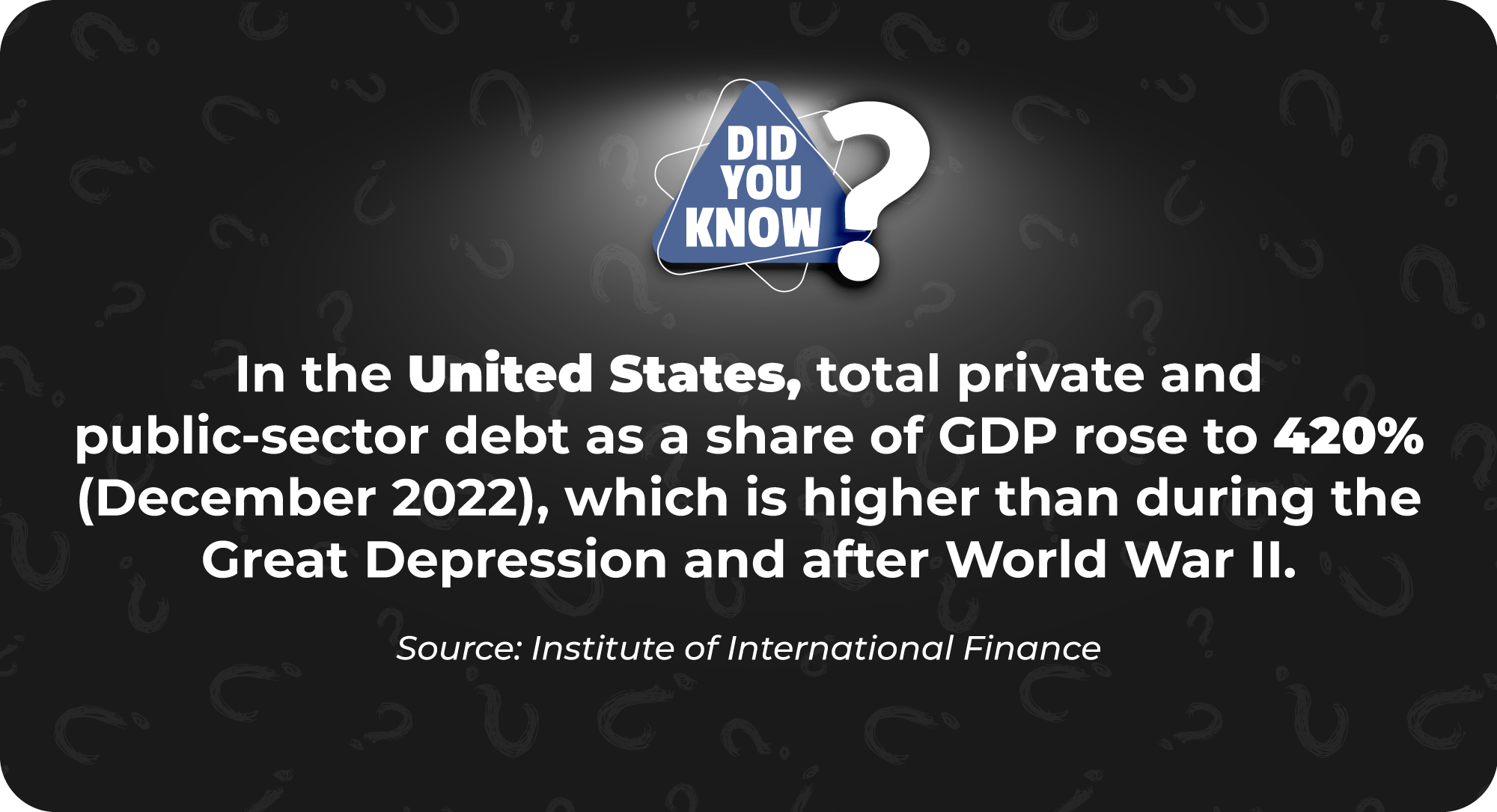
Consequences of a global debt crisis
If you, like me, have just about wrapped your head around how global debt works and the fact that it is burgeoning beyond control, you might ask yourself what this means. What could come about as a result of a global debt crisis?
The domino effect applies here too. The economic problems of one country might pass on to others. However, these problems might also impact other aspects of the same country. One crisis often follows another. For ordinary people, job losses could become more prevalent as employers cannot afford to pay salaries. It could also be more challenging to be hired by somebody else. Inflation would make things more expensive. Oil, paper, or food crises may further develop.
If things worsen, governments could begin to cut back on public spending. Services that people need, such as public health, education and transportation, might face budget cuts. People might start to panic and stop spending their money. They may even withdraw their savings from the banks, which would cause further problems for the economy. In the worst-case scenario, banks could fail. Then, people could lose their money, and there would be a drastic reduction in economic growth.
It isn’t unlikely that all of this could lead to frustration and social unrest. As seen in Sri Lanka and many other countries, political protests due to economic issues have toppled governments, leading to further economic instability. It is worth noting here that, in such a situation, it is rare for people to elect a centrist, democracy-first government that preaches patience and reserved means over immediate change. So chances are, the new government that comes to power will put the nation first, even at the risk of burning diplomatic bridges.
The way forward
To cause panic and worry is not my intention. However, certain things need to change as quickly as possible. From my research, it seems that most people’s opinions differ here too. Unfortunately, we cannot all shake hands like a 5-year-old would suggest and simply cancel the debt because it might encourage countries to borrow recklessly again. However, we may need some write-offs to get through this.
It will also be necessary to restructure the debt. Fiscal reform, greater restraint, more efficient expenditure, and increased international cooperation are essential avenues. In addition to these, longer-term measures such as addressing structural issues—corruption, improving systems, and promoting economic growth through education and infrastructure development, will likely play an instrumental role if we are to emerge stronger from this crisis.
It will take a great deal of time and patience to fix the problems. However, things might have to hit rock bottom before the situation improves. Especially in economically weaker countries, the situation is likely to get more complicated before it begins to get easier. Nevertheless, let us hope that the way forward is in capable hands.
